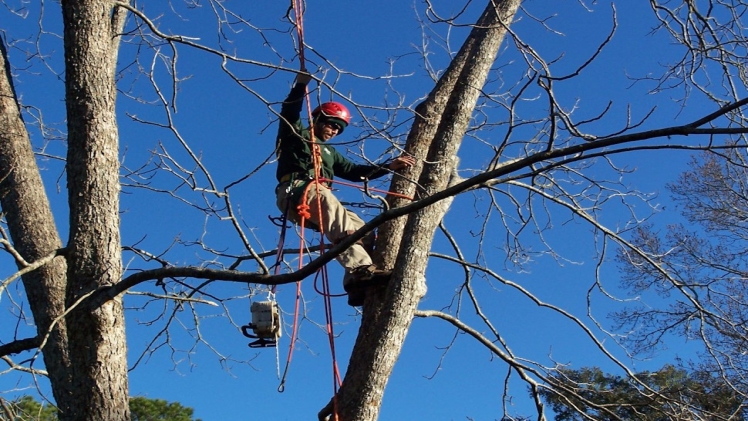Trees are susceptible to the environment as well as climatic changes. In winter, trees go into a dormant state, i.e., they stop growing and reproducing, but they still need protection from harsh weather conditions to stay healthy for spring. They become prone to various problems during the winter season. Several animals hibernate on trees during winter, and they can even harm the tree. The intensity of cold, chilly winds and snow, and sleet can easily affect young trees.
Keep reading if you want to know the common problems of trees that occur during winter and learn a few essential tips to take care of your trees during chilly winters. They are:
Common problems and risks for trees during winter
Breaking branches
Because of the cold temperature, branches become dry. When they lose flexibility, they become susceptible to breaking. These branches of large trees may fall unexpectedly and cause a lot of damage to your property and other structures or trees.
Winter drought
People associate snow, hail, and ice with winter and do not consider winter dry, but it is not. As the water evaporates, trees lose water, and they find it hard to absorb enough water from the frozen ground. This condition is quite common and can push your trees towards starvation.
Cold stress
Extreme temperature changes can damage even the strongest of mature trees. During the daytime, there is heat from the sun, but the temperature falls as soon as the sun goes down, and it is cold at night; this change can easily damage the trees. This stress leads to the cracking of a tree’s bark and its inner wood.
Frost heaving
Soil’s moisture is converted into ice when freezing temperature penetrates the soil. This generates an upward movement in the soil. This causes considerable damage to channels, roads, and even trees. Frost heaving weakens the root of the tree and makes them more susceptible to falling.
Helpful tree care tips to follow during winter
Inspection
Winter is difficult for trees. The freezing weather weakens trees’ immune systems, making them more prone to diseases and pests. Trees also have to deal with snow and wind that damage their bark and branches. As such, it is essential to have your trees inspected by a specialist. A good arborist will identify the potential problem and recommend solutions to it.
Pruning
Branches become more susceptible to damage during winter due to snow and ice accumulation. During this season, arborists recommend pruning as the timely trimming of branches prevents the breakage of dry and weak limbs. Pruning during winter prepares your tree for growth and reproduction during summer and spring. During winter, you may trim the undesirable branches and give your tree a uniform shape and look.
Watering
Continue watering your trees when there is no rain. New trees should be watered every other week as they need about 12-15 gallons of water to live. You may give your old trees around 10-15 gallons of water. Water your trees slowly, so their roots have enough time to absorb them. Check the level of soil moisture around the tree if it rained or snowed recently.
Now that winter is approaching; it’s time for you and your trees to prepare for the chilly season. Young or susceptible trees need special care to survive during winter. If you want an expert to prepare your trees for winter, you should contact a tree company Toronto.

